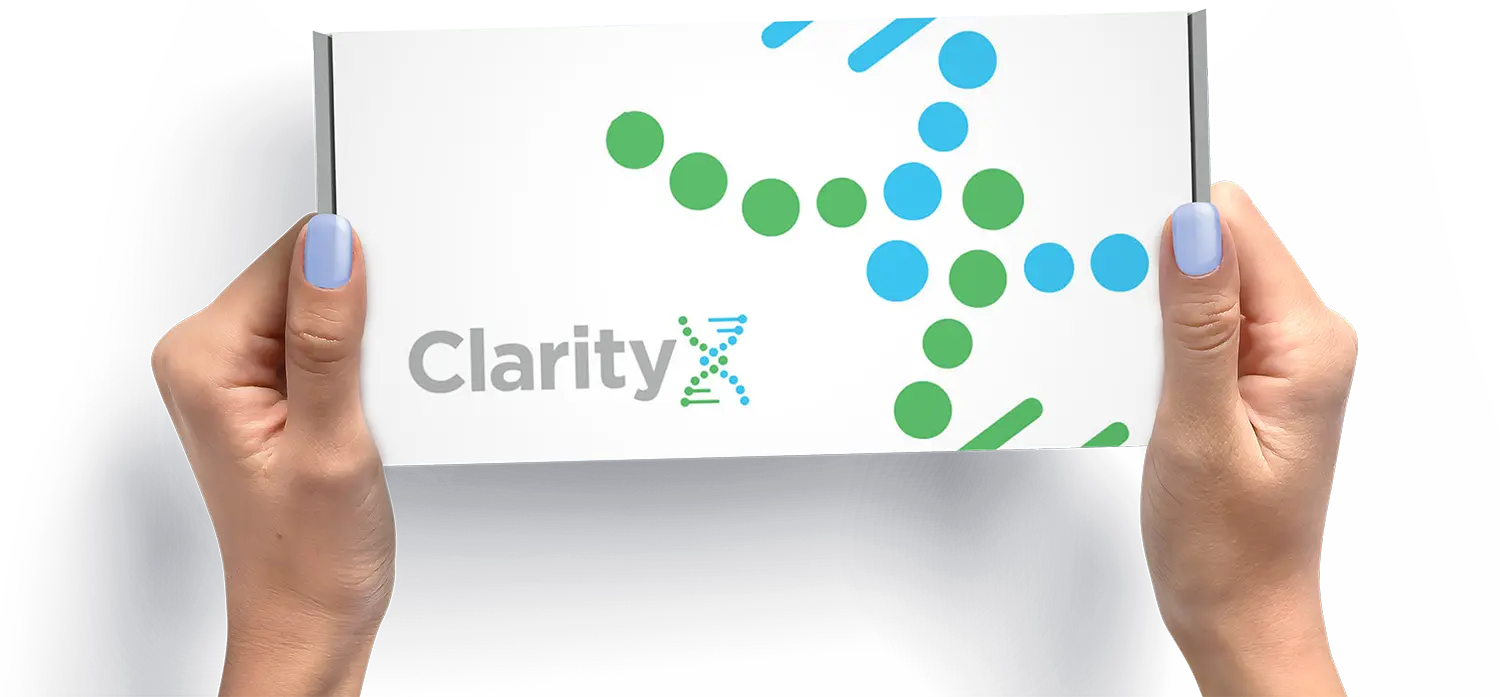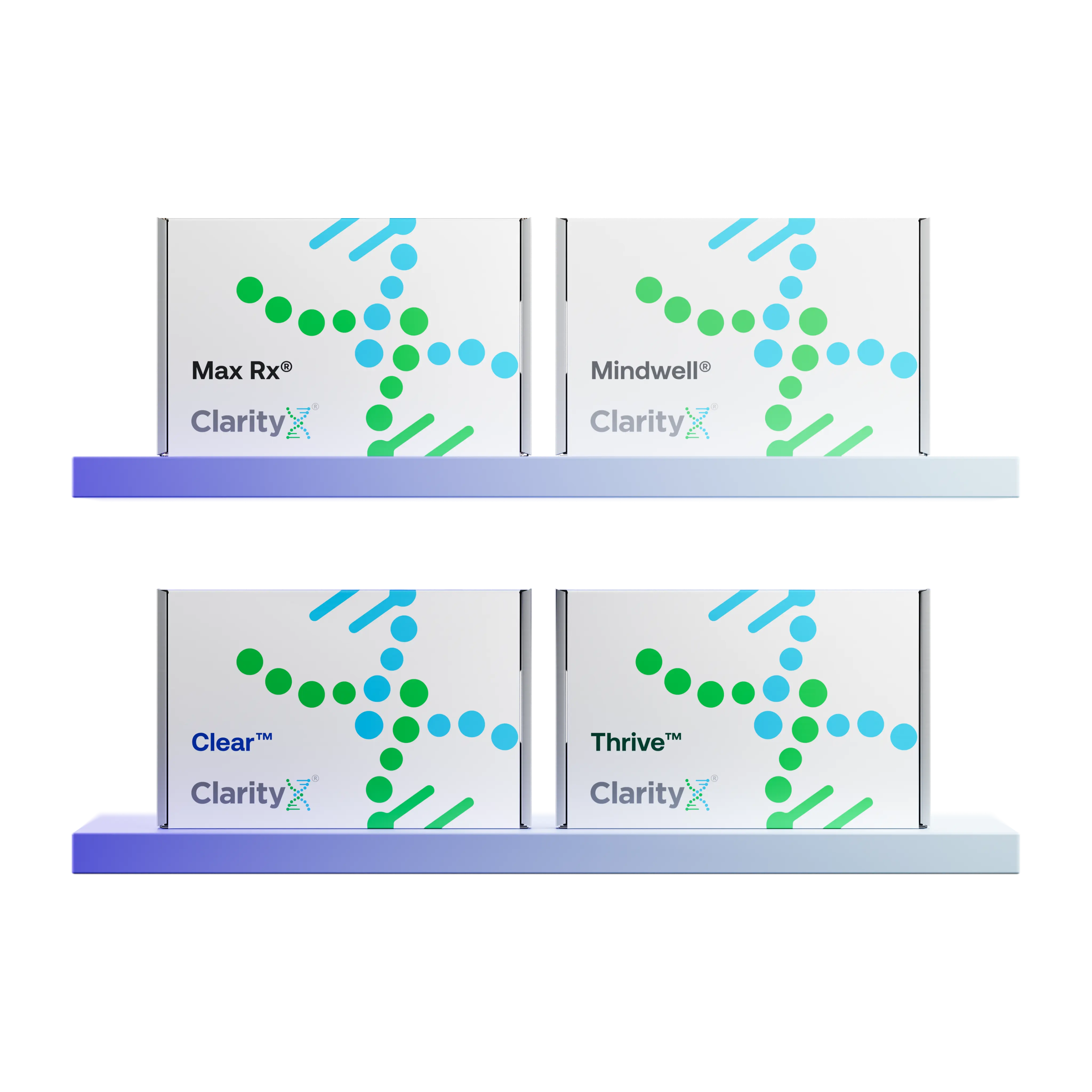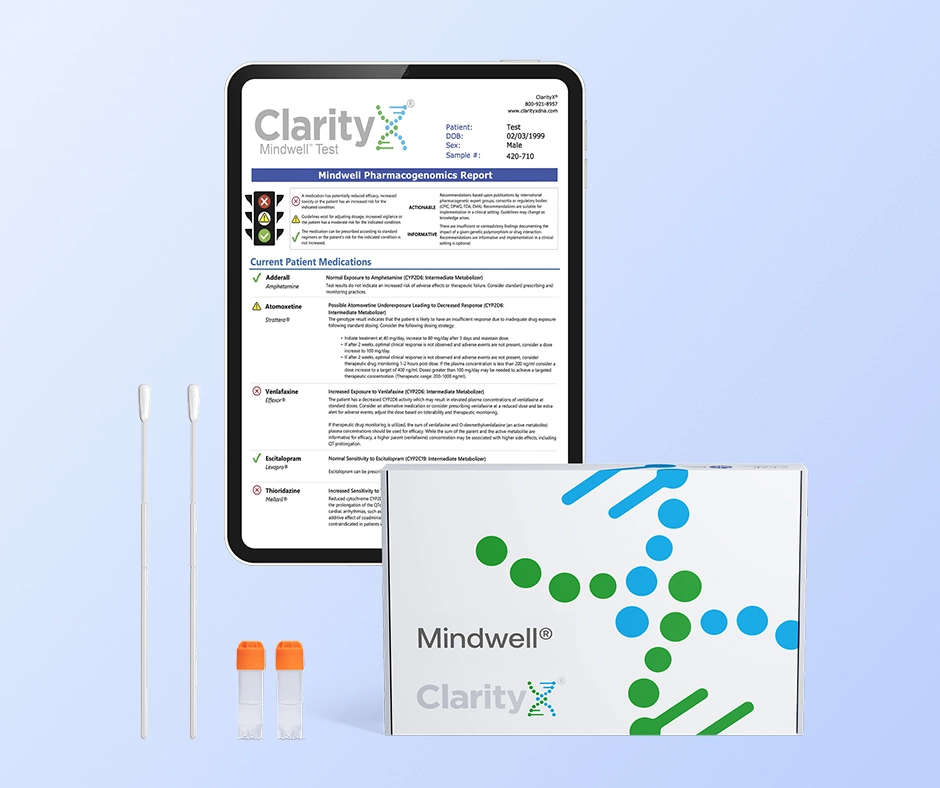Key Highlights
- Fidgeting involves small, repetitive body movements that often happen unconsciously.
- These fidgeting behaviors can be a natural response to stress, anxiety, or the need to concentrate.
- Fidgeting serves as a coping mechanism for stress relief by providing a temporary mental break.
- While common for many, excessive fidgeting can also be a symptom of conditions like attention deficit hyperactivity disorder (ADHD).
- Engaging in this type of physical activity can increase blood flow and improve focus.
- Understanding the cause of your fidgeting is the first step toward managing it effectively.
Introduction
Do you ever find yourself tapping your foot, twirling your hair, or clicking a pen without even realizing it? These common fidgeting behaviors are something most of us do, but they are often misunderstood. Far from being just a sign of boredom, fidgeting can be your body’s way of managing high stress levels and maintaining focus. Understanding this connection is a simple yet powerful step toward improving your overall mental health and using this habit to your advantage.
What Is Fidgeting and How Is It Defined?
Fidgeting refers to the small, often unconscious movements you make with your body, particularly your hands and feet. These actions, such as tapping your fingers or bouncing your legs, are commonly associated with feelings of restlessness and/or distractions.
Yet, these same repetitive movements can be a natural way for your body to manage energy and stay focused. For example, a student may doodle during a lecture to help them absorb the information, or someone might tap their foot in a meeting to stay present. By paying attention to these physical cues, you can better understand your body’s needs.
Common Signs and Types of Fidgeting
The signs of fidgeting are varied and can involve nearly any part of the body. These fidgeting movements are often a subconscious repetitive movement that you might not even notice you're doing. Have you ever been told you’re jiggling your leg under the table? That’s a classic example.
Common types of fidgeting include simple actions that release a bit of built-up energy or ease physical discomfort. You might recognize some of these behaviors in yourself or others:
- Tapping your foot, fingernails, or a pencil
- Blinking your eyes more than usual
- Crossing and uncrossing your legs
- Shifting your weight while sitting or standing
For some, these movements can be linked to conditions like restless leg syndrome, especially if they occur at night. If your fidgeting disrupts your daily life or sleep, it might be more than just a simple habit, and it could be helpful to explore the reasons behind it.
How Fidgeting Differs in Children and Adults
The physical signs of fidgeting tend to change as we age. In children, especially those with ADHD, it often shows up as high energy. They might constantly shift around their chairs, struggle with quiet tasks, or talk a lot. These behaviors are typically more noticeable in places such as classrooms.
For adults, the signs of restlessness are often more subtle. Although they may still feel physically restless, they may also become impatient, moody, or have brain fog at work. Sometimes, these actions are mistaken for anxiety or other conditions, which is why it’s important to understand the situation.
Ultimately, everyone expresses their relentlessness in different ways, but there are common patterns that distinguish how children and adults fidget.
What Causes Fidgeting?
Fidgeting can happen for a lot of different reasons. Mild fidgeting is often just a result of being inattentive or having extra energy to burn. When you’re bored, your body might start making small movements on its own to help keep your brain engaged and focused.
But more noticeable or constant fidgeting can also be connected to psychological issues or other health problems. Outside factors, like a tense meeting or a long drive, can also trigger these behaviors. Taking time to understand what’s behind your fidgeting can help you figure out what your body is trying to tell you.
Biological and Psychological Factors
From a biological standpoint, fidgeting can be a symptom of specific conditions that affect the nervous system. Conditions such as attention deficit hyperactivity disorder (ADHD) and restless leg syndrome (RLS) are well-known causes of significant fidgeting. In these cases, the movement is less of a habit and more of a neurological need.
Psychological factors also play a major role. High anxiety levels or stress can trigger fidgeting as a self-soothing mechanism. One study noted that increased fidgeting was associated with greater levels of anxiety and depression. This suggests that for some, fidgeting is a physical manifestation of an internal emotional state.
These behaviors can sometimes overlap with other mental disorders, including bipolar disorder or depression, especially in adults. Because the symptoms can be similar, it’s crucial to look at the whole picture to understand the root cause, whether it's a hyperactivity disorder or a stress response.
Environmental Triggers and Everyday Situations
Our environment and daily routines can significantly influence fidgeting. A sedentary lifestyle, where you spend a lot of time sitting, is a major trigger. When you’re stuck at a desk or in a lengthy meeting, your body might start making small movements on its own to stay engaged and active.
Stressful situations are another common factor. Giving a speech, meeting a tight deadline, or even being in a crowded room can increase your need to fidget as a way to deal with tension. The more you have to focus on a challenging task, the more your body might start moving to release that pressure.
Certain situations are almost guaranteed to bring out the fidgets in many people. These include:
- Sitting through a long lecture or movie
- A long car trip or flight
- Periods of boredom or under-stimulation
- Trying to concentrate on a challenging project
Fidgeting and Its Connection to Stress Relief
Have you ever noticed that you fidget more when you're feeling stressed? There's a good reason for that. Fidgeting can act as a natural coping mechanism for stress relief. The physical movement provides a temporary distraction, giving your mind a much-needed break and helping to regulate your emotions.
Understanding this connection is the first step toward using fidgeting as a tool. Instead of trying to stop it, you can direct that energy in a useful way with things like stress balls. When you see fidgeting as a tool, it can actually help you feel better. Let’s look at why we get fidgety when we're stressed and how it can really help us calm down.
Why Do We Fidget When Stressed?
When you're stressed, your body often builds up nervous energy. Fidgeting is a physical outlet for that energy, helping you to release tension that might otherwise feel overwhelming. As your anxiety levels rise, you may find yourself fidgeting more as an automatic response. It’s a way your body tries to self-soothe and regain a sense of control.
Fidgeting can also be a helpful tool for staying focused when you’re under pressure. Concentrating on a tough or stressful task takes a lot of mental energy. By giving your brain a little distraction, fidgeting can keep it engaged and prevent it from wandering, which helps you stay on task for a longer period of time.
Ultimately, fidgeting when stressed is a reflection of your mental health at that moment. It signals that your body is experiencing discomfort and is trying to manage it. By providing a physical distraction, fidgeting can temporarily lower your perception of stress and help you cope.
Can Fidgeting Really Help Us Relax?
It might seem counterintuitive, but yes, fidgeting can absolutely help you relax. This form of spontaneous physical activity helps burn off excess energy and nervous tension, which can lower your overall stress levels. Think of it as a small-scale workout that calms you down without requiring a trip to the gym.
Fidgeting also has physiological benefits. A 2016 study found that fidgeting with your legs and feet while sitting increases blood flow to the limbs. [1] This can help counteract some of the negative health effects of a sedentary lifestyle, such as poor circulation. This improved circulation contributes to both physical and mental well-being.
By providing a mental break and a physical outlet, fidgeting allows your brain to reset. This can lead to improved concentration and a more relaxed state of mind. So, the next time you find yourself tapping your fingers, recognize that it might just be your body's way of taking care of your mental health.
The Relationship Between Fidgeting and ADHD
Fidgeting is one of the most well-known symptoms of attention deficit hyperactivity disorder (ADHD), especially the hyperactive-impulsive and combined types. For individuals with this hyperactivity disorder, the need to move is often constant and can interfere with daily functioning at school or work.
However, getting an ADHD diagnosis can be challenging, particularly for adults. Many symptoms of ADHD, including restlessness and difficulty concentrating, overlap with other mental health conditions like anxiety and bipolar disorder. Understanding how fidgeting specifically presents as an ADHD symptom is an important step in distinguishing it from everyday restlessness.
Personalizing Treatment with Pharmacogenetics (PGx)
Once an accurate ADHD diagnosis is made, the next step is often creating a treatment plan that includes medication. This is where a new, significant challenge arises: the frustrating "trial-and-error" process. Finding the right medication (e.g., a stimulant vs. a non-stimulant) and the right dose can take months, a period often filled with ineffective results or discouraging side effects.
This is where the science of pharmacogenetics offers a powerful solution. Pharmacogenetic (PGx) testing is the study of how your unique genes affect your body's response to specific medications. Through a simple cheek swab, this type of genetic testing for ADHD analyzes key genes that influence both the metabolism and efficacy of common ADHD treatments.
For example, genes like CYP2D6 control how quickly your body breaks down many ADHD medications, which can affect whether a standard dose is effective or too strong. Other genes, like COMT, can influence the activity of neurotransmitters in the brain, impacting how well you might respond to a stimulant.
By providing a data-driven report on your genetic profile, pharmacogenetic testing helps your doctor move beyond guesswork. It provides a scientific roadmap to:
- Identify which medications are more likely to be effective for you.
- Reduce the risk of unwanted side effects.
- Guide more precise and personalized dosing decisions from the start.
This allows for a faster, more effective path to managing ADHD symptoms, minimizing the frustrating trial-and-error period and accelerating the journey toward stability and focus.
Understanding Fidgeting as a Symptom of ADHD
For someone with attention deficit hyperactivity, fidgeting is more than just a minor habit—it's a core symptom. This often involves excessive movement, such as squirming, being unable to stay seated, and constantly being "on the go." These behaviors are not intentional but rather a manifestation of the brain's difficulty with regulation.
Interestingly, cognitive research suggests that for children with ADHD, this movement can be compensatory. A 2015 study revealed that when children with ADHD were allowed to fidget during a learning task, their retention and performance actually improved. [2] This suggests the movement helps them maintain focus and process information.
Therefore, when considering an ADHD diagnosis, it's essential to view fidgeting not just as a disruptive behavior but as a potential coping strategy. It’s the brain's way of creating the stimulation it needs to concentrate on the task at hand, turning what seems like a distraction into a functional tool.
Differences in Fidgeting for Individuals with and without ADHD
The primary distinction between fidgeting associated with ADHD and occasional fidgeting is that the latter is a short-term reaction to boredom, stress, or prolonged periods of sitting still. It’s tied to the situation and doesn't usually interfere with their everyday life.
For someone with ADHD, fidgeting is often a constant and necessary action to maintain focus. It’s an ongoing need for movement that helps them regulate their attention and alertness. When they can’t fidget, it becomes incredibly difficult for them to concentrate, listen, or finish tasks, which can affect their mental health.
Essentially, a person without ADHD might fidget because their mind is already wandering, but a person with ADHD often fidgets specifically to keep their mind from wandering. It’s an active self-regulation tool, not just a passive sign of inattention.
Health Benefits and Possible Risks of Fidgeting
Fidgeting is a double-edged sword, offering both health benefits and potential warnings. On the one hand, this subtle physical activity can improve cognitive performance and counteract the harms of sitting too long. It can be a positive, built-in tool for staying healthy and focused.
On the other hand, excessive fidgeting that you can't control might signal an underlying issue that needs attention. It’s important to strike a balance and recognize when this behavior crosses the line from helpful to disruptive. Exploring both the positive effects and potential risks can help you make sense of your own habits.
Positive Effects on Focus, Energy, and Mood
Many people are surprised to learn that fidgeting can positively impact cognitive performance. By providing a low level of stimulation, these small movements can help you stay engaged during tasks that require long periods of focus, ultimately improving your ability to retain information. This is why doodling or tapping a pen can sometimes help you listen better during a lecture.
The physical benefits are also significant. Fidgeting increases blood flow, particularly in the legs during prolonged sitting, which is great for your vascular health. This increase in circulation can boost your energy levels and prevent the sluggish feeling that comes from being too sedentary.
These benefits combine to have a positive effect on your mood. The release of nervous energy, coupled with improved focus and physical well-being, can leave you feeling more relaxed and in control. It's a simple, accessible way to regulate your body and mind throughout the day.
When Fidgeting Might Indicate Underlying Issues
While often harmless, fidgeting can sometimes be a red flag for an underlying health problem. If your fidgeting is constant, disruptive, and feels out of your control, it might be more than just a quirky habit. It could be a symptom of a condition like ADHD, restless leg syndrome (RLS), or a significant anxiety disorder.
Paying attention to when and how you fidget can provide important clues. Is it causing you physical discomfort? Is it happening at night and disrupting your sleep? Answering these questions can help you determine if it's time to speak with a doctor about your mental health and well-being.
You should consider seeing a healthcare provider if you're fidgeting:
- Interferes with your ability to perform at work or school.
- Significantly disrupts your sleep or the sleep of a partner.
- It is accompanied by high stress levels, anxiety, or emotional distress.
Practical Ways to Manage or Use Fidgeting for Stress Relief
Instead of fighting the urge to fidget, why not harness it for stress relief? Fidgeting can be a powerful coping mechanism when channeled correctly. By turning involuntary movements into purposeful actions, you can transform this habit into a useful tool for focus and relaxation.
There are many ways to make fidgeting more productive, from using simple gadgets to adjusting your environment. While fidget spinners gained popularity, it's important to find what works for you. Let's look at some practical tools and strategies to help you use fidgeting to your advantage.
Tools and Techniques for Productive Fidgeting
One of the best ways to manage fidgeting is to give your hands something constructive to do. Tools designed to provide satisfying sensory experiences can help channel restless energy in a controlled way. Items like stress balls or a fidget ball are great for this, as they allow for quiet, repetitive motion.
It’s important to note that not all tools are created equal. For example, some studies have found that fidget spinners can be more distracting than helpful, negatively affecting attentiveness. The goal is to find a tool that provides sensory input without pulling your focus away from your main task.
Beyond gadgets, certain techniques can also help. Try some of these simple strategies:
- Handwrite notes during meetings instead of typing.
- Doodle or sketch on a notepad.
- Keep your hands folded when you need to be still.
- Squeeze and release stress balls under your desk.
Creating Supportive Environments at Work and School
Establishing supportive environments is key to managing fidgeting in a productive way. In a school setting, allowing for movement can actually improve academic results. This might involve using standing desks, letting students use quiet fidget tools, or scheduling short breaks for movement throughout the day.
The same ideas apply in the workplace. Breaking up big projects into smaller parts can help you stay focused and lessen the overwhelmed feeling that often leads to fidgeting. Having a consistent daily routine can also help calm anxiety and the nervous energy that comes with it. Openly communicating is important- if you have a diagnosis like ADHD, you might want to talk to your manager about making some adjustments.
If fidgeting is still a big problem for you or your child, it’s a good idea to seek professional advice. A healthcare provider or counselor can give you custom strategies and help you create an environment that supports focus and well-being, instead of one that suppresses a natural need to move.
Conclusion
Fidgeting is more than just a restless habit; it's a natural response that can significantly relieve stress and improve focus. Throughout this blog, we've explored the various aspects of fidgeting, from its biological and psychological origins to its unique connection with ADHD. By embracing fidgeting as a tool for stress relief, you can tap into its potential health benefits while creating a supportive environment for yourself and others. Remember, it's essential to balance your fidgeting habits and stay mindful of when they might indicate underlying issues. If you're eager to learn more about managing stress through simple and effective techniques, get in touch to explore our resources designed just for you!
Frequently Asked Questions
Is fidgeting always a sign of restlessness?
Not always. While fidgeting behaviors can signal restlessness, they are often a physical response to high stress levels or an attempt to release nervous energy. Fidgeting can also be a subconscious form of physical activity that helps improve focus, making it a complex part of our overall mental health.
Are there effective ways to reduce fidgeting if it’s distracting?
Yes, you can manage distracting fidgeting movements by channeling them productively. Using a quiet coping mechanism like stress balls, practicing mindfulness, or creating supportive environments can help. The key is to find a method that allows you to release energy without disrupting yourself or others during various tasks.
Can fidgeting help improve focus during long meetings or classes?
For many people, yes. Engaging in small movements can help maintain sustained attention and improve cognitive performance over long periods of time. This form of subtle stress relief keeps the brain stimulated and prevents it from wandering, making it easier to stay focused during lengthy activities.
Reference:
https://www.mayoclinic.org/diseases-conditions/restless-legs-syndrome/symptoms-causes/syc-20377168
https://my.clevelandclinic.org/health/diseases/17604-vascular-disease
https://www.cdc.gov/adhd/about/index.html
https://www.hopkinsmedicine.org/health/conditions-and-diseases/motor-stereotypies
https://clarityxdna.com/blog/learn/pharmacogenetic-testing-unlocking-personalized-medicine/
https://clarityxdna.com/blog/learn/cyp2d6-gene-plays-major-role-drug-metabolism/






